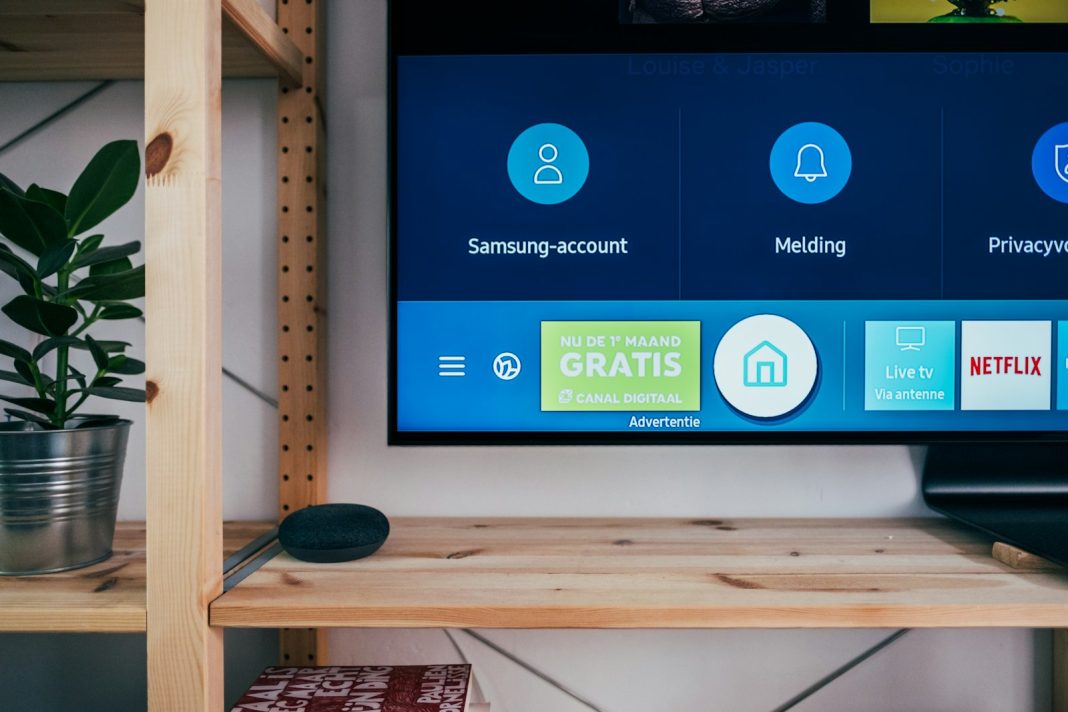A technical hiccup has left some Roku TV owners dismayed as their devices persistently enable motion smoothing without an option to disable the feature. Reports have surfaced from various corners of the internet, including the Roku subreddit and the company’s own customer forums, detailing the issue affecting TCL TVs running Roku OS 13. Users are finding themselves confronted with unnaturally smooth motion in their viewing experience, akin to the much-maligned “soap opera effect,” with no recourse to return to standard frame rates.
The problem appears to stem from a glitch that activates Roku’s “Action Smoothing,” a feature designed to interpolate additional frames into video content, ostensibly to enhance motion clarity. While beneficial for certain types of content such as live sports and video games, where smoother motion can aid in tracking fast-paced action, the effect is often undesirable for traditional film and television programming. The unintended consequence is that movies and TV shows can acquire an unintended hyper-realistic quality reminiscent of daytime soap operas—a phenomenon widely panned by cinephiles and casual viewers alike.
Community Outcry and Company Response
The issue has sparked considerable frustration among affected users, who have voiced their concerns across online platforms. A moderator on Roku’s community forum acknowledged the problem and reassured users that the company is actively investigating the issue. However, initial attempts to disable the feature through standard settings have proven futile, leaving users with persistently altered viewing experiences.
Understanding Motion Smoothing
Motion smoothing, colloquially referred to as the “soap opera effect,” involves the creation of additional frames by the TV in real-time. Traditionally, films and most TV shows are shot and broadcast at 24 or 30 frames per second (fps). Motion smoothing analyses this content and inserts frames to increase the frame rate, purportedly resulting in smoother motion. This effect is useful in scenarios requiring precise motion depiction but can have a detrimental impact on cinematic content, where the natural cadence of motion is altered.
Technical Guidance and Limitations
Roku advises users encountering this issue to access the Advanced Picture Settings menu by pressing the Star button on the Roku remote while viewing content. However, this solution has proven ineffective for affected TCL TVs running Roku OS 13, where the option to disable Action Smoothing is conspicuously absent. The company notes that if the setting does not appear in the menu, it indicates that the feature may not be supported on that particular model, leaving users without the ability to revert to standard frame rates.
Consumer Impact and Industry Response
The prevalence of this glitch remains unclear, with reports suggesting a targeted impact on TCL TVs using Roku OS 13. Nevertheless, the broader implications for user experience and consumer trust in smart TV technologies are significant. As consumers increasingly expect customisable viewing experiences, the inability to disable motion smoothing highlights the challenges posed by embedded software features that may not always align with user preferences.
In the wake of these developments, Roku’s efforts to address the issue swiftly and transparently will be closely monitored. The company’s commitment to resolving technical glitches and improving user experience remains pivotal as smart TV functionalities continue to evolve. For affected users, staying informed through official updates and community forums may provide insights into forthcoming solutions or workarounds.
In conclusion, while the unintended activation of motion smoothing on Roku TVs underscores the complexities of smart TV technology, it also underscores the importance of user feedback in shaping future updates. As the industry navigates advancements in display technologies, ensuring user choice and control over viewing preferences will remain paramount.


